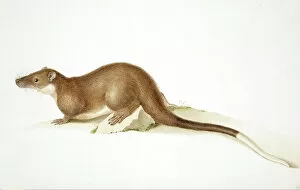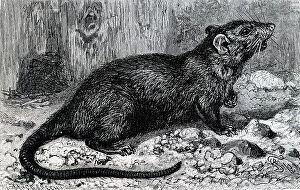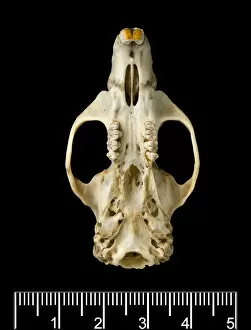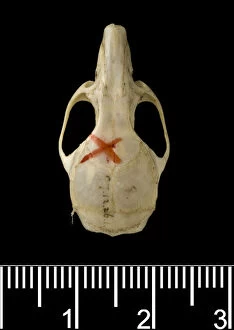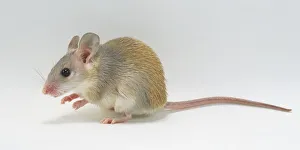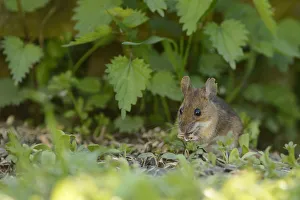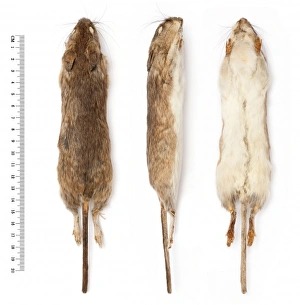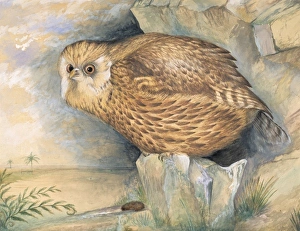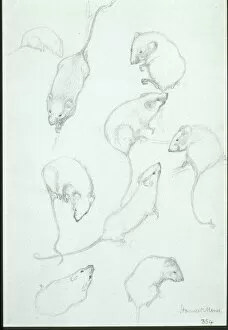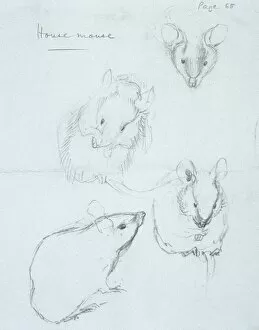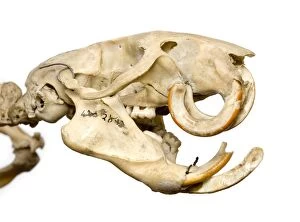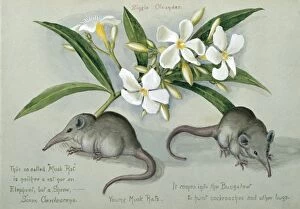Murinae Collection
Murinae, also known as the water rat, is a fascinating creature that belongs to the family of rodents
All Professionally Made to Order for Quick Shipping
Murinae, also known as the water rat, is a fascinating creature that belongs to the family of rodents. One notable species within this group is the Hydromys chrysogaster, commonly found in Australia. With its sleek body and webbed feet, it is perfectly adapted for an aquatic lifestyle. Another interesting member of the Common dormouse (sketch C016 / 5883). This adorable little creature can be found across Europe and Asia. Its bushy tail and large eyes make it incredibly endearing. In contrast to the cute dormouse, we have Megalomys desmarestii - the antillean giant rice rat. Native to Caribbean islands, this rodent has a robust build and plays a crucial role in maintaining ecosystem balance. The Oligoryzomys victus or St. Vincent pygmy rice rat is another intriguing species within Murinae. Endemic to St. Vincent Island in the Caribbean Sea, this tiny rodent showcases remarkable adaptability in its habitat. Moving on from these island dwellers, we encounter A Long-tailed field Mouse (Apodemus sylvaticus), which can be spotted throughout Europe and parts of Asia. Its long tail aids in balancing while climbing trees or scurrying through grassy fields. The Arabian Spiny Mouse (Acomys sp. ) offers a unique sight with its spiky fur coat protecting it from predators in arid regions of Arabia and Africa. Closer to home for some readers may be sightings of Wood mice like Apodemus sylvaticus feeding on seeds in Sauerland, North Rhine-Westphalia, Germany – showcasing their resourcefulness even amidst human settlements. Two field mice side by side provide an adorable front view that captures their social nature and companionship they share with each other.

